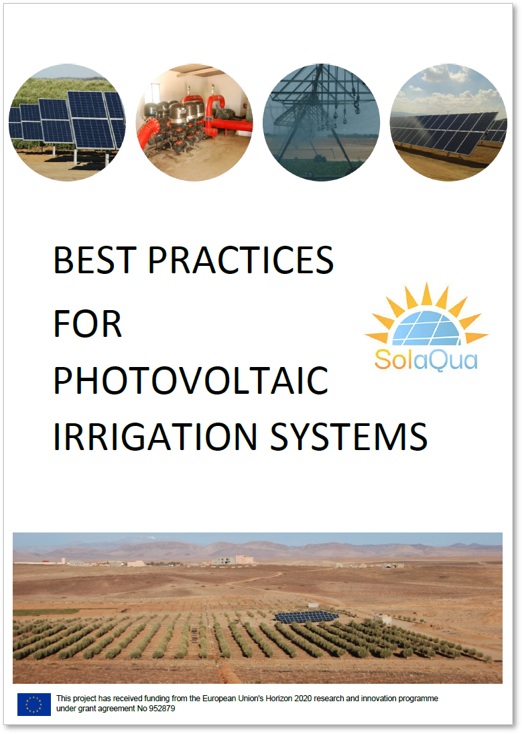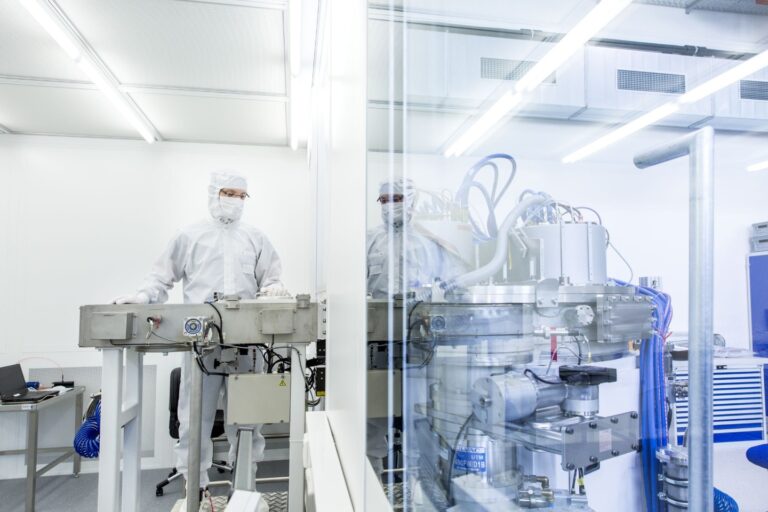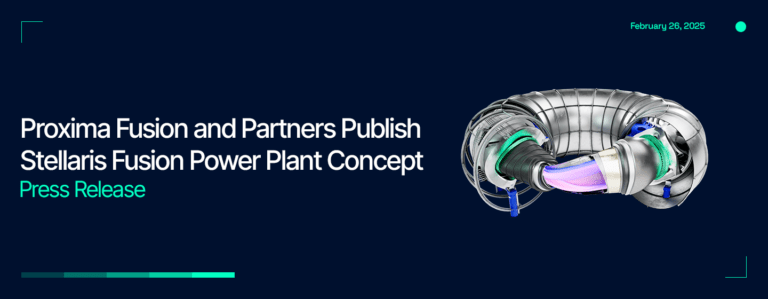Result description
Supposing that several DRES have the ability to provide true inertial response with controllable time constant (H), up to an Hmax, the methodology estimates the range of inertial response (aggregated power variation vs ROCOF) that can be delivered to the point of interconnection with the transmission system in a given time frame taking into account the technical constraints in the distribution grid. The cost for providing this range is also estimated based on the cost-functions of the DRES. Supposing that the TSO replies and agrees with a certain value within the range, a complementary methodology estimated the optimum dispatch of this service among the available portfolio of the DRES. The optimization function can be anyone but the most profound, if we consider an AS, is the minimization of the cost of the Aggregator.
Addressing target audiences and expressing needs
- To raise awareness and possibly influence policy
- Collaboration
Firstly, we are looking for partners (mainly DRES manufacturers that can produce UVSG-like converters, DSOs and Aggregators) to pursue demonstration projects in order to advance the maturity of the product to TRL6-8. Secondly, transfer the findings/ Intellectual Properties to DSOs and Aggregators.
- Public or private funding institutions
- EU and Member State Policy-makers
- Research and Technology Organisations
R&D, Technology and Innovation aspects
Currently, the methodology has been tested via simulations. Lab testing is still pending. Next step required is the testing in actual relevant environment to reach TRL 6-7. DSOs, Aggregators, and converter manufacturers are welcome to enable such demonstration.
The methodology uses the number, the power, and the location of the DRES that can provide inertia as parameters. The addressing of the technical constraints is generic. Thus, the methodology is scalable.
The methodology is replicable provided the distribution grid is of radial form.
Currently, true inertia can only be provided by conventional power plants with synchronous generators. The need for synthetic true inertia will be apparent in the near future. The aggregation presented here fulfils this requirement by making the distribution grids behave as virtual power plants in terms of inertia.
Result submitted to Horizon Results Platform by ARISTOTELIO PANEPISTIMIO THESSALONIKIS




















